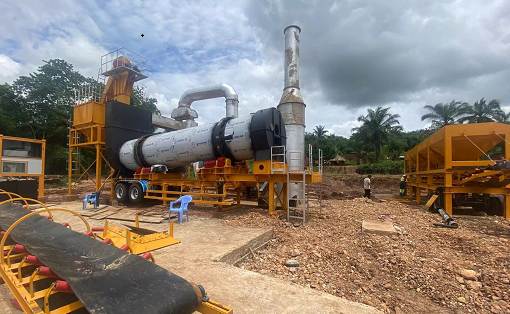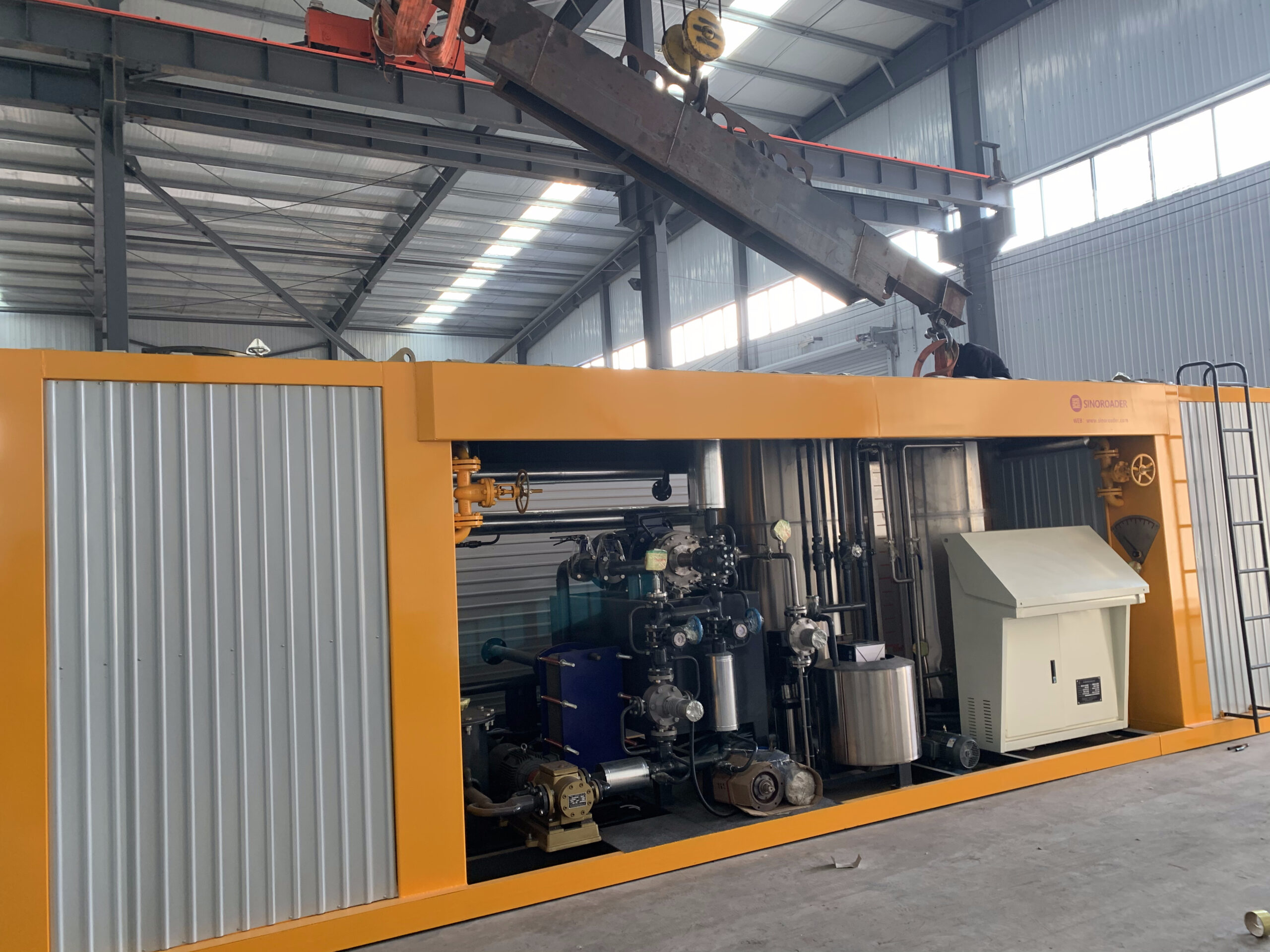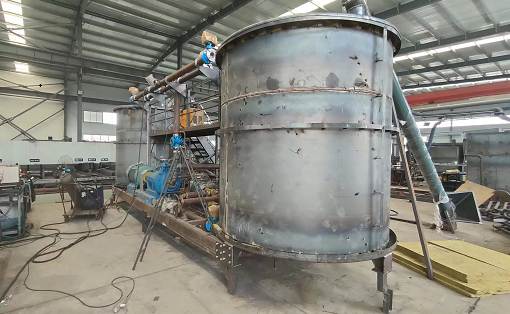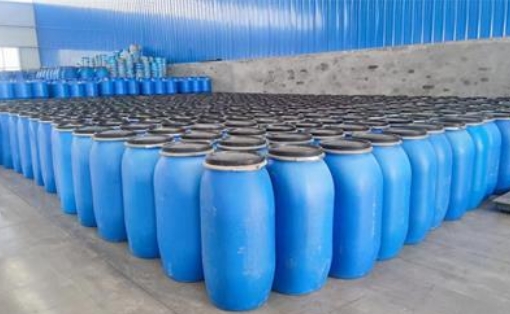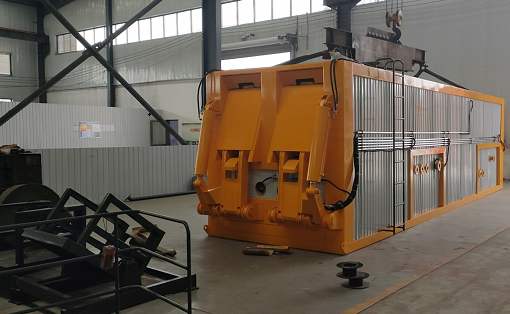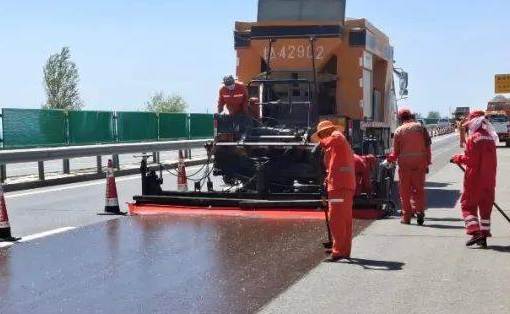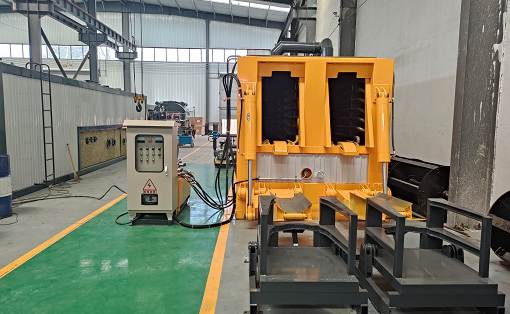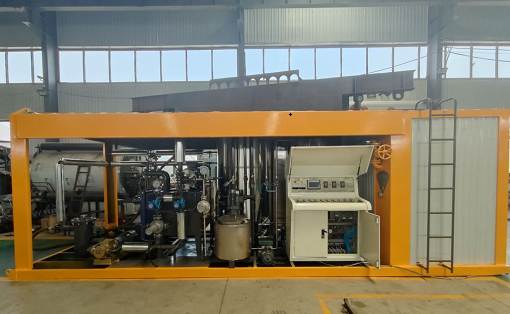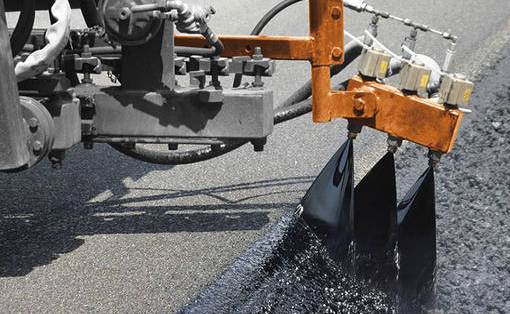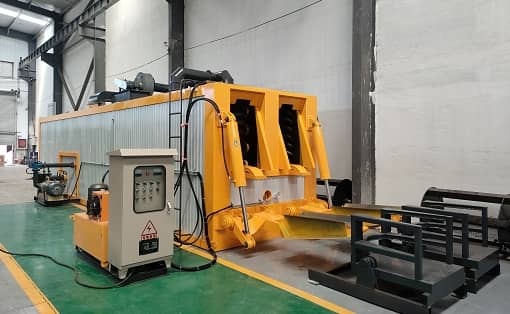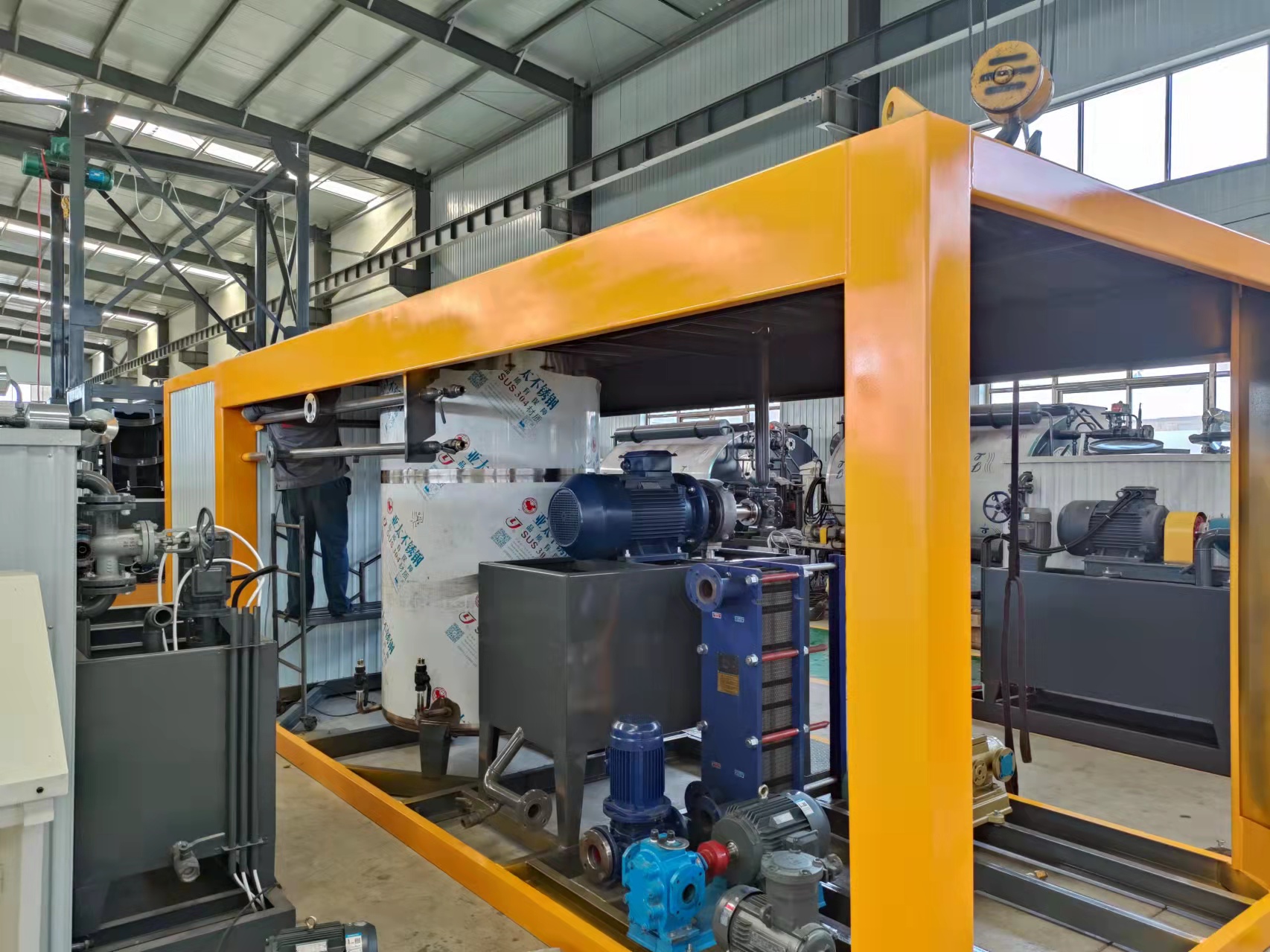Basic principles and process flow of asphalt mixing equipment
Asphalt mixture mixing equipment is a factory-style complete set of equipment that mixes dry and heated aggregates of different particle sizes, fillers and asphalt according to the designed mix ratio at a specified temperature into a uniform mixture. It is widely used in high-grade highways and urban roads. , airports, docks, parking lots and other engineering construction. It is a key equipment for asphalt pavement construction, and its performance directly affects the quality of asphalt pavement.
Generally, there are two types of asphalt concrete mixing equipment: intermittent type and continuous type. The continuous process flow is simple and the equipment is simplified. As for the intermittent forced mixing equipment, due to the secondary screening of aggregates, various components are measured in batches, and forced stirring and mixing can reliably ensure gradation, and the measurement of powder and asphalt can also achieve very high accuracy; so the mixing equipment The asphalt mixture produced is of high quality and can meet various construction requirements.
Asphalt mixture mixing equipment is a factory-style complete set of equipment that mixes dry and heated aggregates of different particle sizes, fillers and asphalt according to the designed mix ratio at a specified temperature into a uniform mixture. It is widely used in high-grade highways and urban roads , airports, docks, parking lots and other engineering construction. It is a key equipment for asphalt pavement construction, and its performance directly affects the quality of asphalt pavement.
Generally, there are two types of asphalt concrete mixing equipment: intermittent type and continuous type. The continuous process flow is simple and the equipment is simplified. As for the intermittent forced mixing equipment, due to the secondary screening of aggregates, various components are measured in batches, and forced stirring and mixing can reliably ensure gradation, and the measurement of powder and asphalt can also achieve very high accuracy; so the mixing equipment The asphalt mixture produced is of high quality and can meet various construction requirements.
Since my country currently mainly uses forced intermittent asphalt mixing equipment, the following content is mainly based on Sany Heavy Industry’s LB series asphalt mixing equipment as a representative. 1. Mechanical system process flow
The main process characteristics of the intermittent asphalt mixture mixing equipment are: various ingredients are measured in batches, and are put into the mixer in a pre-set order for forced mixing. After the mixed finished materials are discharged, the next cycle is carried out to form A cycle of work that starts over and over again. The so-called intermittent type refers to the mode in which the dresser measures and stirs production in batches.
Use a loader to shovel sand and gravel materials of different specifications into the corresponding cold silos; after volume measurement of the belt feeder controlled by the frequency converter (the frequency converter parameters are preset according to the grading type, output and mix ratio), Material belt conveyor and feeding belt conveyor transport it to the drying drum.
The drying drum uses countercurrent heating to dry and heat the sand and gravel to a certain temperature (the control system automatically adjusts the flame size of the burner). Due to the rotation of the drum, the sand and gravel are repeatedly lifted and dropped by the blades in the drum, forming a material curtain. , which enhances the heat exchange effect, and with the help of the inclination of the drum, the sand and gravel materials continue to move forward while being heated; after coming out of the drum outlet, together with the coarse powder collected by the gravity dust collector, they are lifted up and unloaded by the hot aggregate elevator. into the hot aggregate screening machine.
The high-temperature dusty flue gas discharged from the drying drum first enters the gravity dust collector for preliminary purification through the first-level flue. The collected powder with a particle size of 0.075mm or more is sent to the entrance of the hot aggregate elevator by a screw conveyor; The dust and flue gas enter the bag dust collector, and the filtered flue gas is directly discharged into the atmosphere by the induced draft fan. The dust recovered from the bag dust collector is sent to the recycled powder supply system by a screw conveyor for storage.
The hot aggregate is screened into several specifications through a screening machine, and then flows into corresponding hot material storage silos for storage. According to the set ratio, aggregates of different specifications are put into the stone measurement bin in batches in order of small and then large for cumulative measurement; at the same time, the hot asphalt sent from the asphalt supply system and the powder sent from the powder supply system are separately Put it into the respective measuring device for measurement according to the set ratio. After weighing is completed, put it into the mixing pot according to the preset order for forced stirring. The mixed finished product materials are unloaded into the finished product lifting trolley, and then lifted by the winch and unloaded into the finished product silo for storage. You can also choose to unload them directly into the material transport dump truck.
The control system relies on the signals detected by each sensor to monitor important parameters such as material ratio, asphalt content, and mix temperature in real time to ensure that the quality of the mix produced can meet the user’s requirements. Throughout the process, the electronic control system is also equipped with interlocking protection devices to protect the equipment from unexpected mechanical accidents.
It should be noted that the volume measurement of cold aggregate passing through the belt feeder is pre-measurement, and the measurement of screened hot aggregate, powder and hot asphalt is measurement. Because of the secondary measurement, it can ensure the gradation of the mixture and the proportion of aggregate, powder and asphalt with relatively high precision. The current static metering accuracy for aggregates and powders does not exceed ±0.5%, and the static metering accuracy for asphalt does not exceed ±0.25%. Since it is intermittent mixing, it is also very convenient to change the mixture ratio, and the formula can be changed or replaced without stopping the machine.

